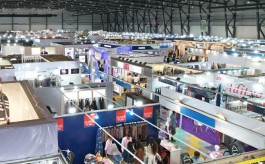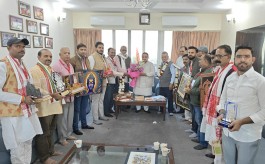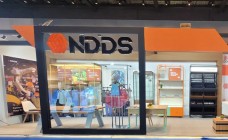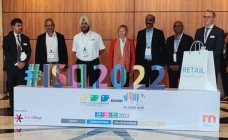Art, technology and emotions converge to reboot retail experience at In-Store Asia Convention
By Retail4Growth Bureau | July 01, 2022
The two-day Convention at In-Store Asia 2022, part of EuroShop Dusseldorf, held at the Jio world Convention Centre (JWCC) during June 29th and 30th, saw industry thought leaders and stakeholders discuss emerging new dynamics in the retail eco-system under the broad theme - ‘Reboot, Rethink, Redefine Retail Experience’
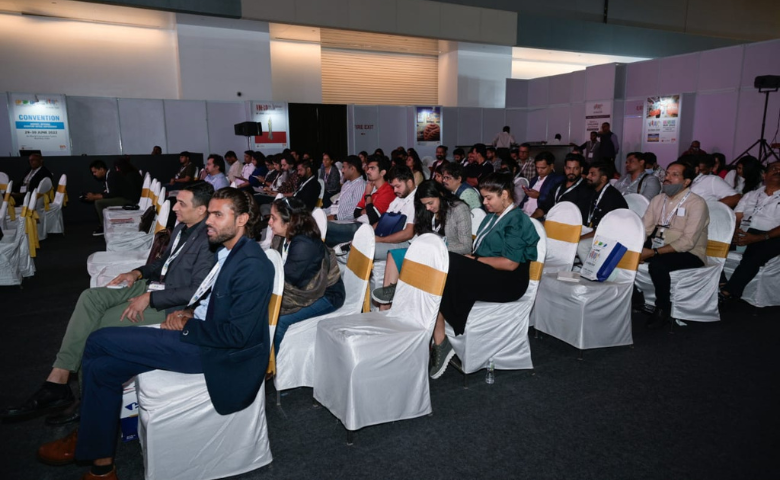
If there was one unmistakable take-away from the various sessions held as part of In-Store Asia Convention 2022, then it was that human experience and expression are still at the core of retail evolution, although this entails the intersection of art, technology and people like never before.
Indeed, the broad theme of the 13th edition of In-Store Asia, that was smoothly and vibrantly steered by show host Keisha Lobo, was ‘Reboot, Rethink, Redefine Retail Experience’ and the various speakers and panel discussions brought out the different aspects of what it means to reboot and redefine retail experience. Thomas Schlitt, Managing Director - Messe Dusseldorf India Pvt Ltd, set the context for the theme in his welcome address on Day I of In- Store Asia, while Elke Moebius, Project Director, Retail & Retail Technology, Messe Dusseldorf GmbH, further elaborated on the theme by talking on ‘Global Trends and Predictions for Retail’.
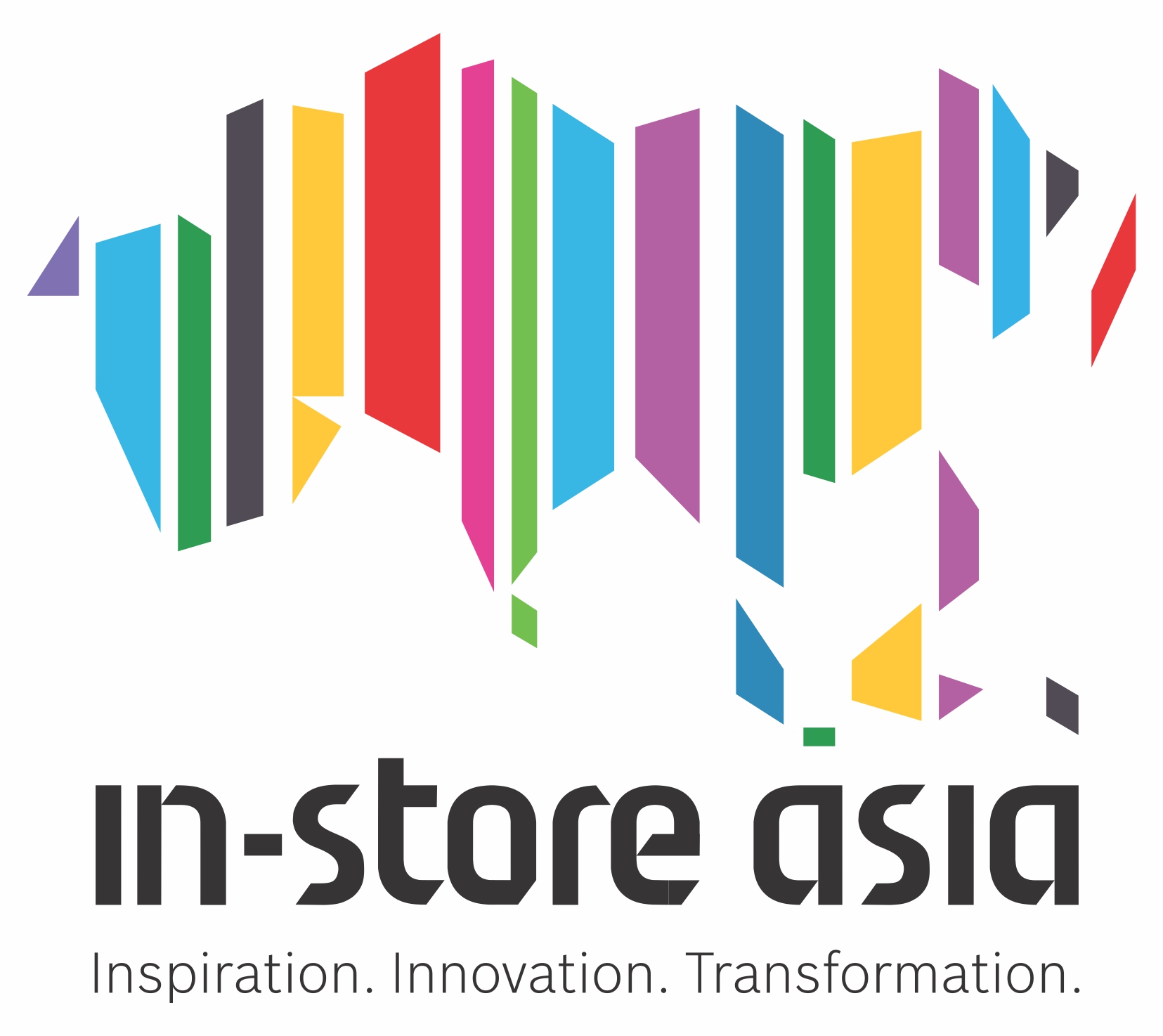 Kumar Rajagopalan, CEO, Retailers Association of India, further underlined the Indian perspective by talking about how Indian retail had evolved and ‘unlocked’ through the various pandemic waves and lock-downs.
Kumar Rajagopalan, CEO, Retailers Association of India, further underlined the Indian perspective by talking about how Indian retail had evolved and ‘unlocked’ through the various pandemic waves and lock-downs.
One category that has really grown in the midst of the pandemic has been that of D2C brands. In their presentation, Kurnal Rawat, and Arnab Ray, Creative Directors at Landor & Fitch, highlighted what it takes while ‘Branding D2CBrands in a Post-Pandemic World’.
A few other broad themes emerged during the convention.
Redefining Retail means Redefining Experience
Experiential retail has been an over used theme in recent times. But it entails a range of aspects,which were covered by the different speakers. Meenaz Shamim, Business Director, SGK , India and Middle East, for example talked about creating unforgettable moments in the last mile of the consumer journey.
To reiterate the importance of the experiential quotient, the speakers drew from their own project experiences. Gerard Rebello, Creative Director - Elephant Design, for example, in his talk on ‘Designing a Blended Channel Experience’, shared his experience of crafting certain retail experiences for brands like Jawa in order to strike the right emotional chord with the customer, while Dhimant Bakshi, CEO, Imagicaa World Entertainment Ltd, talked about his experience of curating a fun experiential platform for families and the dynamics involved therein. Dr Mahesh M, CEO, Creaticity, took it one notch higher by sharing his own experience of ‘Crafting a City for Expressing Creativity’. As Mahesh pointed out, the challenge lay in balancing brand relevance with a unique experiential space that could help consumers express themselves.
Art as an enabler
Very often the emotional quotient in retail experience is heightened with the use of right aesthetics and this is where the role of art becomes central to retail experience design. Siddhant Sahu, Founder - Few Steps Ahead, in his presentation, took the audience through some illustrative examples of ‘Blending Art, Culture and Design’ which drove home the fact that today retail brands are, and can be, patrons of art and culture in order to resonate better with their customers. He demonstrated this by drawing on the examples of brands like Adidas, Nike, Christian Dior, Gentle Monster, Louis Vuitton, etc
The evolving customer
Inherent in all of these observations are the evolving customers themselves. While Rajat Wahi, Partner, Deloitte Consulting India, in his data rich presentation talked about how Indian retailers are set to ‘Rewrite the Rules for the New Retail Consumers’, Rajiv Nair, Group CEO, Kaya Ltd, listed out some important factors, while selling to the continuously evolving customers, particularly in the beauty and wellness category. These factors include: Focus on health and safety, ‘Everywhere commerce’, Inclusivity, among others.
The session ‘Integrated Brand Environment : How humans and media have evolved post-pandemic’ presented virtually by ‘The One Off’ including Adam Devey Smith, Managing Partner, Richard Collier, Creative Partner, and supported on-ground by Rachna Lanewala, Studio Director, further brought home the fast evolving nature of consumer lifestyles, particularly in the aftermath of the pandemic and the need to create relevant consumer touchpoints.
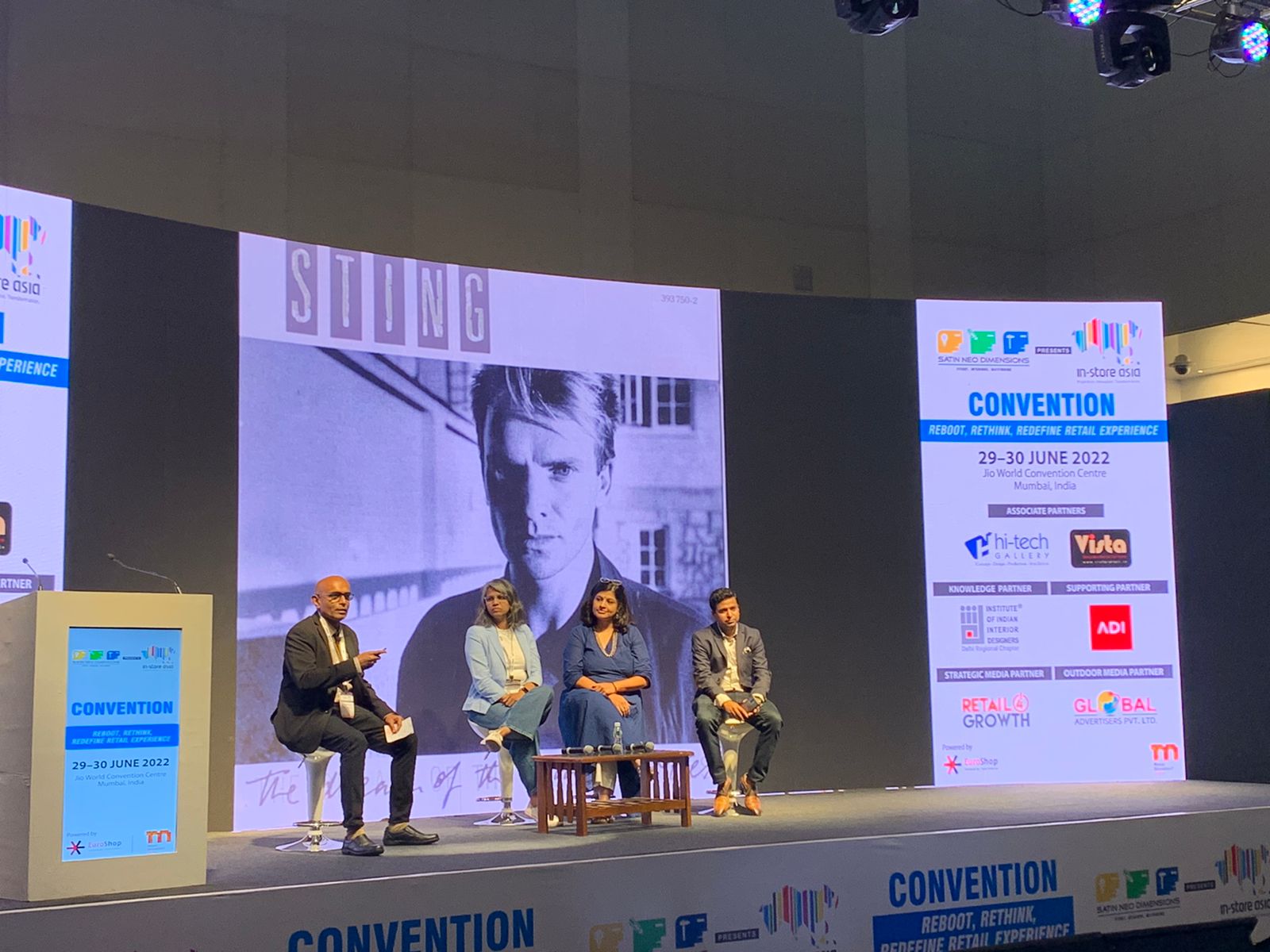
Selling versus connecting
The end objective of any aspect of the retail experience, whether it is the service, the store design or the VM, is of course to sell. But is that all? Indeed two ends of this spectrum were covered in two different sessions. Rashoo Kame, Director, Account Management, Wooqer - a one-stop operations app , on Day 1 talked about how VM stimulates sales and explained the process by which the VM impact could be mapped in order to arrive at some tangible results. On the other hand, the panel discussion on Day 2 on the theme : ‘ Creating unconditional love -the art of connecting with consumers’ moderated by Surender Gnanaolivu, Senior Consultant - Retail Experience and Lead- Strategy & Development, 4Dimensions Retail Design, brought forth the importance of striking a real connect with the customer to establish loyalty. The panelists in this discussion included Akash Kumar, VM Head,Landmark Group; Anuradha Singh, Business Head, IFB Industries; and Shradha Kurup, Marketing and VM Head, Raymonds Group. They were all in agreement that you could not buy loyalty by simply selling - you had to go a step further and establish a relationship with the customer.
Technology is no longer just an add-on
No talk of retail experience is complete with the mention of technology. But today technology is no longer an after thought, it is a given, an integral part of the whole retail experience, whether in terms of adding jazz at the front-end or streamlining the back-end operations for overall efficiency. Interestingly, technology also includes the means by which retailers can be empowered. And this was exactly what Niladri Mukherjee, Founder and MD, Glue Design Pvt Ltd, talked about in his session on ‘Enabling the NextGen Kirana’. Niladri took the audience through his patented retail system Quiktile that transforms Kiranas, supermarkets and chemist shops through smart and flexible utilization of space.
On day 2 there was also M.R Subramonian, MD, Adtech Systems Ltd, who talked about the overall emerging trends in retail technologies
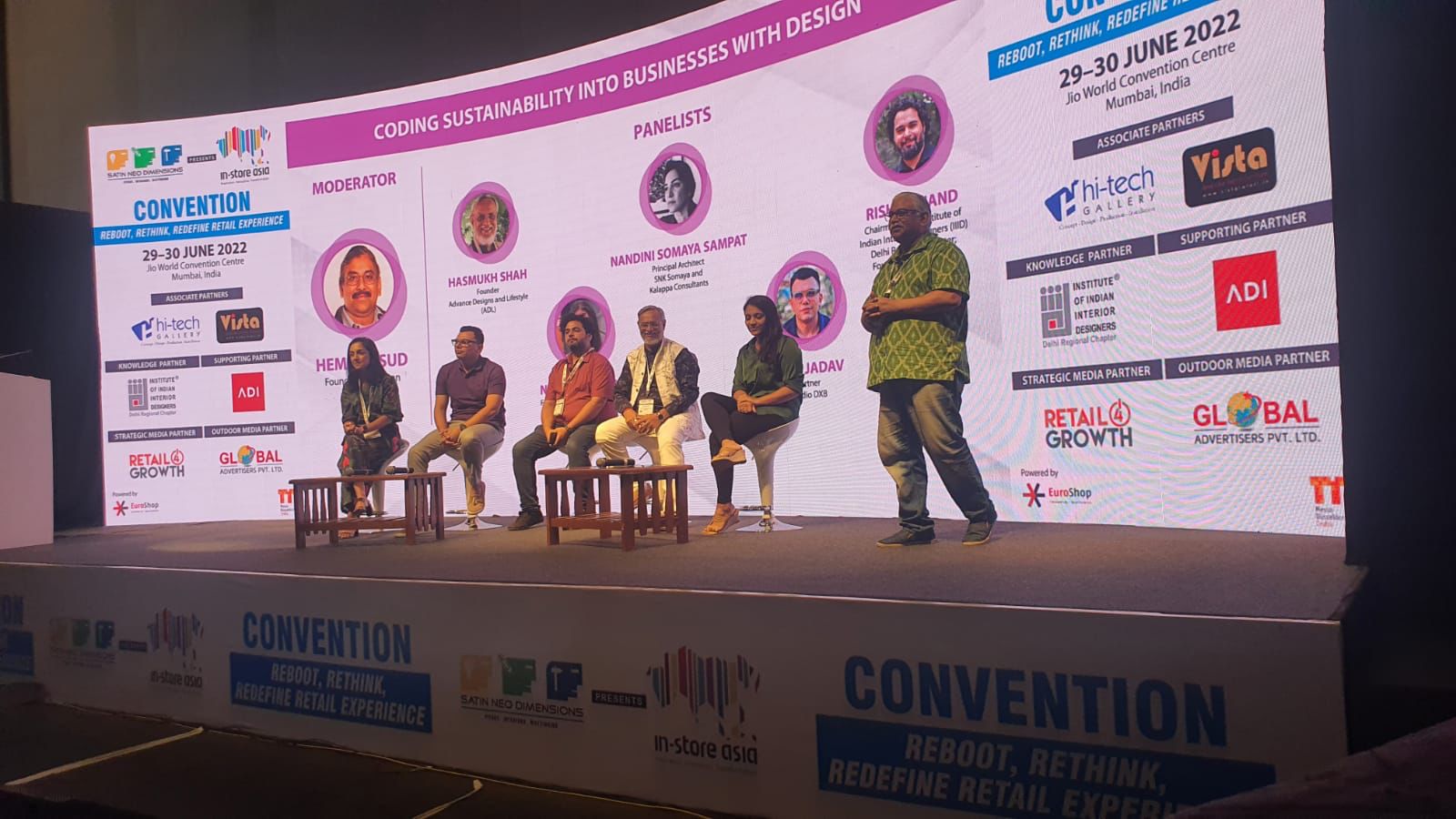
Can sustainable and viable go together ?
Finally is the big question of sustainability in retail, what it means to be truly sustainable, and whether it can become an integral part of retail practices. The panel discussion ‘Coding Sustainability into Business with Design’ delved into some of these and other critical questions in the context of sustainability and adopting eco-friendly measures in retail. Moderated by Hemant Sud, Founder/Director/Principal Designer - Abraxas Interiors/Dimension Designers Pvt Ltd, and Founder/Chairman - Institute of Indian Interior Designers (IIID-DRC); the other panelists included Nishita Kamdar, Founder and Principal Architect, Studio Nishita Kamdar; Hasmukh Shah, Founder, Advance Designs and Lifestyle - ADL; Rishu Anand, Chairman-Elect, Institute of Indian Interior Designers (IIID), Delhi Regional Chapter and Founder - Twenty North; Amit Jadav, Partner, Studio DXB; and Nandini Somaya Sampat, Principal Architect, SNK Somaya and Kalappa Consultants. As the panelists debated and discussed the question of sustainability, one clear observation emerged and that was - sustainability as a practice could make a small start in retail even by simple measures like reusing/re-purposing wastes, categorising them, using natural/sustainable/recycled materials, etc., and that the onus really lay with the designers - to explore and recommend these alternative options to the client.
So, who’s listening?

